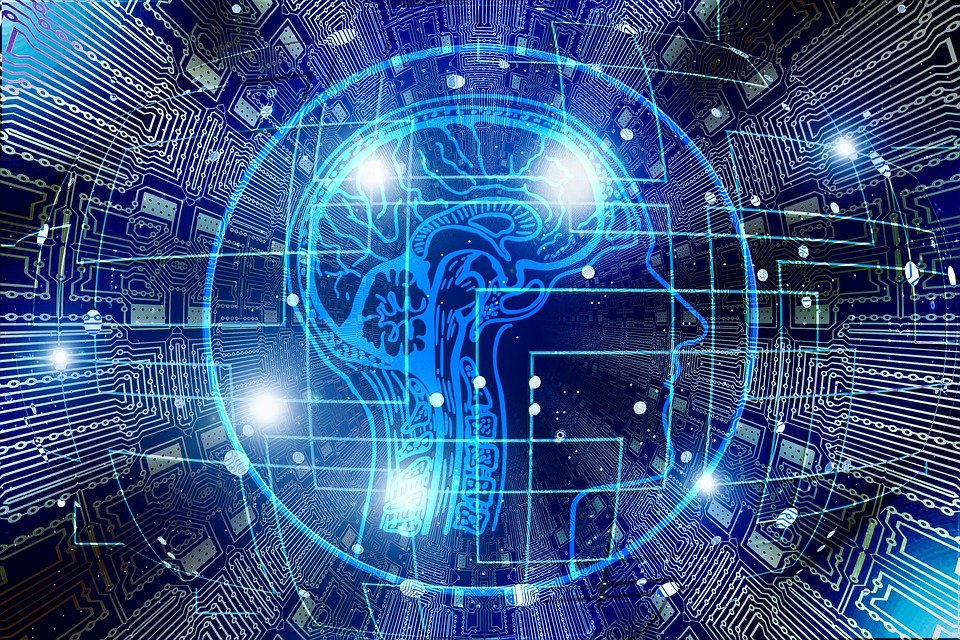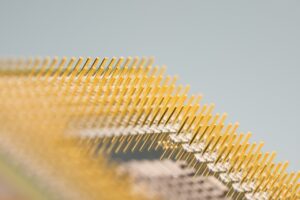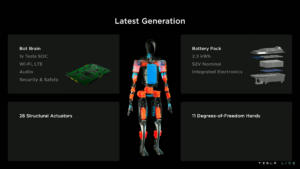
Melbourne (Australia) The human brain is a true miracle machine. It is always active, can solve complex tasks, is capable of learning and has the ability to process several streams of information at once. It consumes just 12 to 24 watts, i.e. less electricity than a light bulb in a refrigerator. For this reason, researchers have tried to make biological nerve cells usable for computer science. According to the scientists at Cortical Labs, they recently made a breakthrough. They taught microscopic brains grown in Petri dishes to play the computer game Pong. The human mini-brains learn even faster than any AI system.
The so-called DishBrains from Cortical Labs consist of 800,000 to one million neurons. Unlike a real brain, the brains are grown on a chip from human brain stem cells on an electronic circuit board with a microelectrode mesh. These neurons can be selectively stimulated with electromagnetic pulses, much like a real brain. Each impulse triggers a response from the neurons, and the responses can be read electronically.
The Australian company’s researchers trained DishBrains a modified version of Pong made up of a circuit board and clusters of cells. The position of the digital ball, which repeatedly bounced off a wall, was signaled to the cells by pulses of light on the circuit board. If the ball moved from top right to bottom left, the impulses on the circuit board were mirrored geographically exactly the same. The cells, in turn, reacted with impulses that could be interpreted as movement of the racket. If a ball was missed, this was answered with a signal with a negative connotation, the researchers wrote in the journal bioRxiv (DOI: 10.1101/2021.12.02.471005). Teaching a network of neurons, obeying relatively simple rules, to excel in a video game is an achievement in itself. But what makes the success truly remarkable is the speed at which the DishBrains learn, according to Cortical Labs.
According to the researchers, it takes an artificial intelligence more than an hour to master Pong, depending on the processing power of the system used. A DishBrain, on the other hand, only needed about five minutes to learn the video game. This is because the neural connections have adapted to the problem – in other words, the brain has restructured to better handle the task.
Cortical Labs’ goal is to make this technology commercially viable within a few years. The Australian company isn’t the only one working on such technology. Under the project name Neu-ChiP, funded by the European Union, several start-ups are also working hard to “integrate human brain stem cells into specially designed complex circuits so that they can function like an artificial biological computer”.







Yeah but Pong is super easy. Teach a brain computer to play COD and then get back to me.
It would be easier then growing brains in the average CoD player. 🙂
Pfft. They’ll still be accused of aimbots.
they have AI players in COD already.
But can it run Crysis?
Interesting, however I’ve seen a Swedish guy with less brain cells do the same.
Maybe AI is playing the long con to get us to provide actual human brains. Now they get to study humanity even deeper than they would have!
You choose peace or war?
Found your site on Reddit today and really liked it.. I bookmarked it and will be back to check it out some more later
Where there is a will, there is a way.